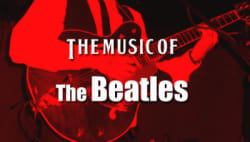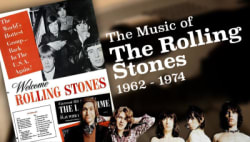Images
This course, part 1 of a 2-course sequence, examines the history of rock, primarily as it unfolded in the United States, from the days before rock (pre-1955) to the end of the 1960s. This course covers the music of Elvis Presley, Chuck Berry, Phil Spector, Bob Dylan, the Beatles, the Rolling Stones, Jimi Hendrix, Cream, and many more artists, with an emphasis both on cultural context and on the music itself. We will also explore how developments in the music business and in technology helped shape the ways in which styles developed. Rock emerged in the mid 1950s as a blending of mainstream pop, rhythm and blues, and country and western—styles that previously had remained relatively separate. This new style became the music of the emerging youth culture and was often associated with teen rebellion. We will follow the story of how this rowdy first wave of rock and roll (1955-59) was tamed in the early 60s but came roaring back with the Beatles and the Rolling Stones and then went psychedelic by the end of the decade.
Similar resources
One of the world’s leading research universities, Rochester has a long tradition of breaking boundaries—always pushing and questioning, learning and unlearning. We transform ideas into enterprises that create value and make the world ever better.
The University’s mission is to Learn, Discover, Heal, Create—and Make the World Ever Better.
Embedded in that ideal are the values we share: equity, leadership, integrity, openness, respect, and accountability.


History of Rock, Part Two

The Music of the Beatles

Confronting The Big Questions: Highlights of Modern Astronomy

The Power of Markets III: Input Markets and Promoting Efficiency

The Music of the Rolling Stones, 1962-1974









